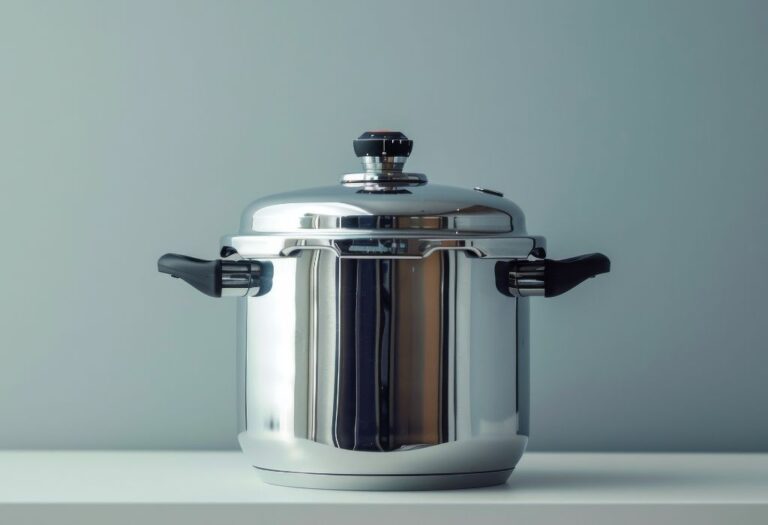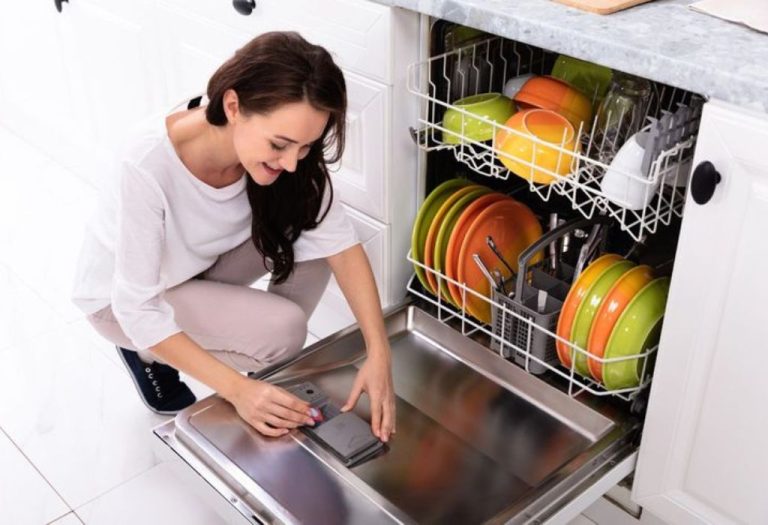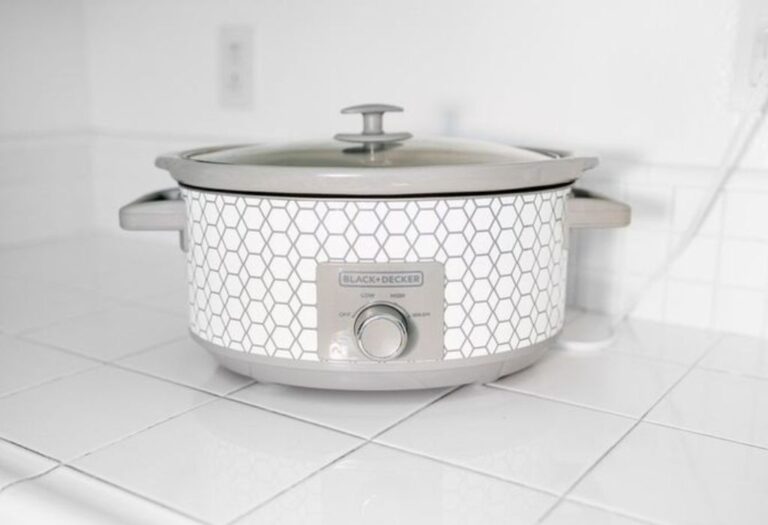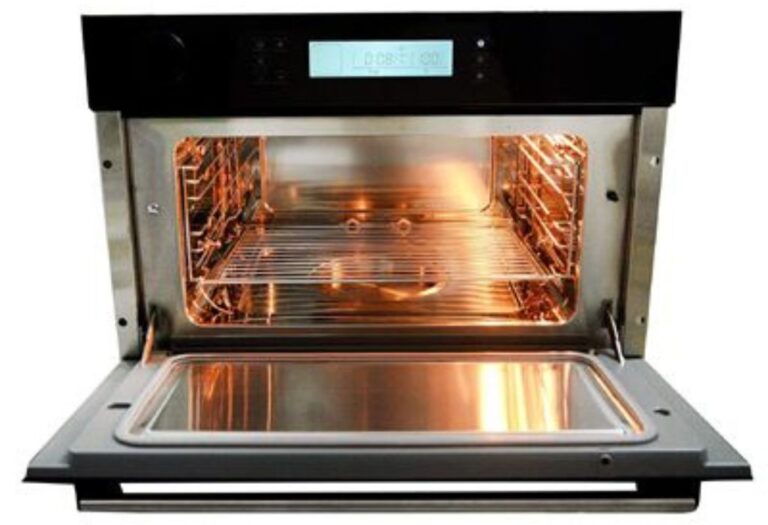A shiny ceramic pan promises effortless cooking, with eggs sliding smoothly across its surface. Yet one wrong move with the wrong utensil can scratch, chip, or permanently damage the coating.
The question then becomes unavoidable. What utensils to use with ceramic cookware so it stays non-stick, safe, and long-lasting?
This concern matters because ceramic coatings, while durable, are not indestructible. Studies show that non-stick performance often declines within two years when improper utensils or cleaning habits are used (source).
Manufacturers consistently warn against abrasive tools, noting that sharp or metal utensils accelerate surface wear. According to GE Appliances, rough particles and scraping motions can create micro-scratches that shorten the life of cookware and affect cooking safety (source).
Curiosity grows when considering material options. Silicone spatulas, bamboo spoons, and heat-safe nylon tools are often recommended, but questions remain about long-term durability and chemical safety. Recent discussions even raise concerns about black plastic utensils and possible contaminants, prompting many home cooks to reconsider their kitchen toolkits (source).
The benefit of clarity is significant. By knowing which utensils protect ceramic coatings and which cause harm, cooks can save money, extend pan performance, and avoid unnecessary waste.
Ceramic Cookware 101 — How Coatings Behave
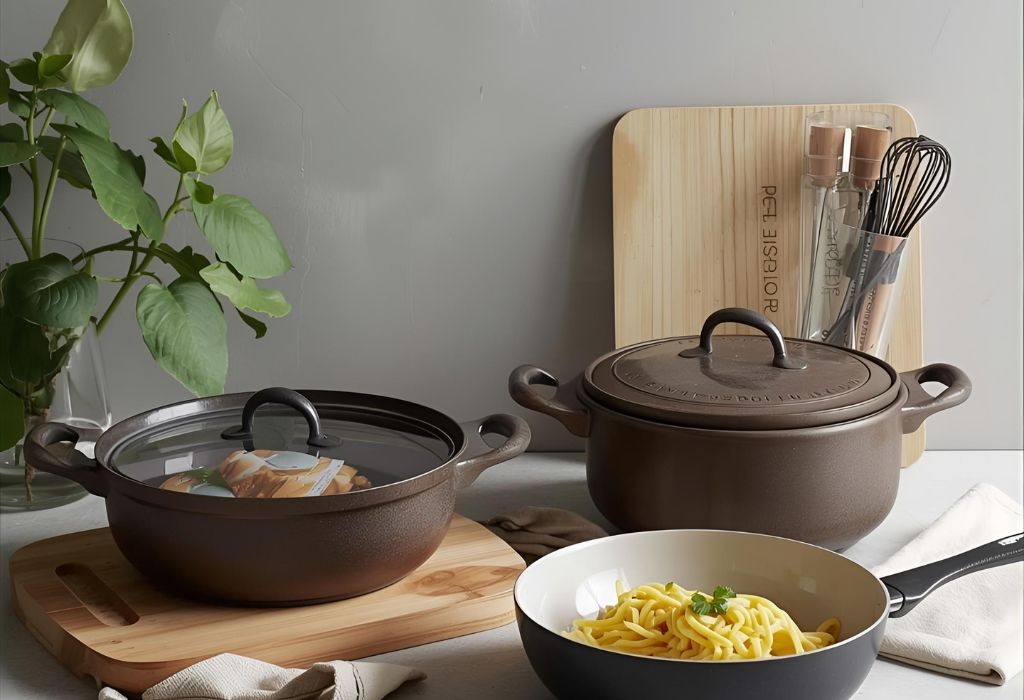
Ceramic cookware has grown in popularity because it offers a non-stick surface without traditional chemicals like PFAS or PTFE. While the surface feels tough and glassy, it is still vulnerable to scratching, chipping, and gradual wear.
The coating is typically made from silica-based materials applied over a metal core such as aluminum. This design allows for efficient heat conduction from the metal while giving food a slick surface that resists sticking.
However, the surface is not scratch-proof. Sharp utensils or abrasive cleaning pads can cut into the coating, leaving visible marks and reducing non-stick performance.
Heat is another critical factor. Most manufacturers recommend using low to medium heat, as overheating can weaken the coating and shorten the cookware’s lifespan (source).
Food particles and small granules of salt can also contribute to damage. If trapped under a utensil and pressed against the ceramic surface, they may cause micro-scratches that gradually build up over time (source).
Not all ceramic coatings are created equal. Some are thicker and more durable, while others are thinner and more prone to chipping, especially when exposed to heavy use.
Even pans advertised as “metal utensil safe” come with limitations. Manufacturers often include this claim to increase confidence, but they still advise against scraping motions with hard edges that can wear down the coating (source).
Understanding how ceramic coatings behave is the foundation for choosing the right utensils. Knowing the vulnerabilities helps explain why material choice is critical for preserving both performance and longevity.
What Utensils to Use With Ceramic Cookware (The Short List)
The safest utensils for ceramic cookware are those designed to protect delicate surfaces. Silicone, wood, and bamboo tools consistently rank as the best options because they are gentle, heat-safe, and non-abrasive.
Silicone utensils are the most versatile choice. They withstand high heat, flex easily to scrape food, and avoid scratching even thin ceramic coatings (source).
Wooden spoons and spatulas are equally reliable. They are sturdy enough for stirring thick sauces yet soft enough to glide across ceramic without damage.
Bamboo utensils provide a sustainable alternative. They are lightweight, durable, and less likely to absorb stains compared to traditional wood tools.
Nylon utensils are sometimes recommended, but they come with heat limitations. At very high temperatures, nylon can warp or release chemicals, making silicone or wood a safer everyday choice (source).
What is the best all-round utensil for ceramic cookware?
Heat-resistant silicone spatulas and turners.
Are wooden spoons safe for ceramic pans?
Yes, they are gentle and long-lasting if properly cared for.
Is bamboo better than wood?
Bamboo is lighter and more sustainable, but both work well.
Can nylon be used with ceramic cookware?
Yes, at low to medium heat, though silicone is safer for higher temperatures.
Should utensils come from the same brand as the pan?
Not required, but some brands design utensil sets specifically for their ceramic cookware for extra assurance.
Choosing the right utensils ensures that ceramic cookware remains smooth, non-toxic, and effective for years. Gentle tools paired with mindful cooking habits extend performance and preserve value.
Utensils to Avoid
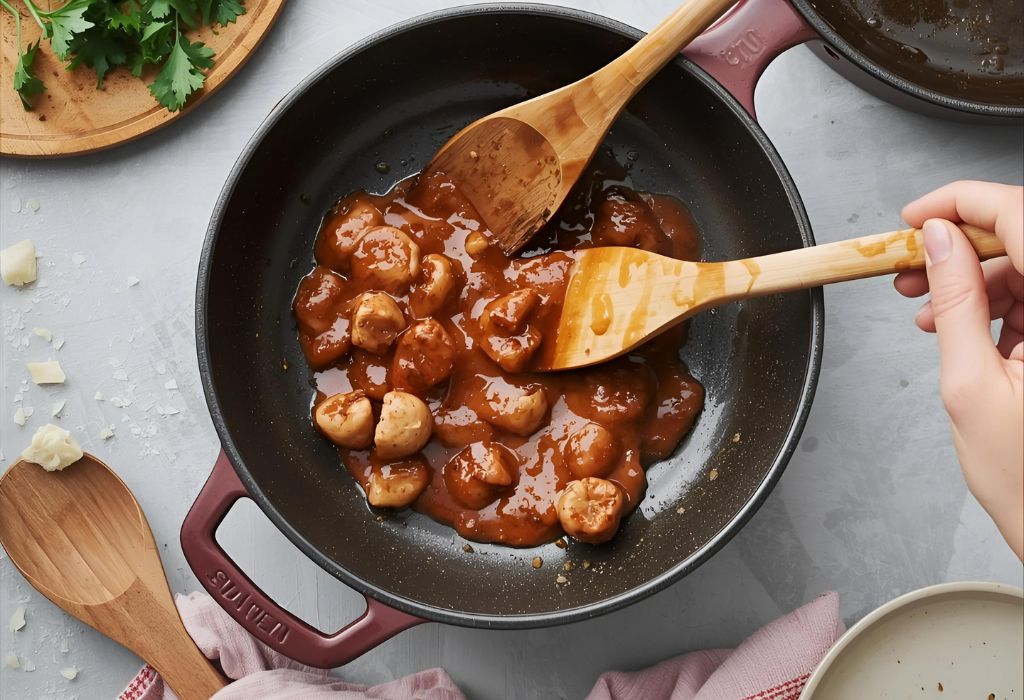
While some tools keep ceramic cookware performing like new, others can ruin the coating in a single use. Metal utensils, sharp edges, and abrasive tools top the list of items to avoid.
Stainless steel spatulas, forks, and knives can cut into the coating. Even light scraping leaves behind scratches that reduce the non-stick surface and shorten the pan’s life.
Serrated or sharp-edged utensils are even more damaging. They dig into the coating, leaving permanent grooves that food can stick to and bacteria can collect in.
Rigid metal whisks, potato mashers, or skewers should also be kept away. Their force and hard edges accelerate wear faster than almost any other kitchen tool.
Abrasive scrubbers and steel wool are equally risky. Although not utensils, they often get misused during cleaning, and their rough texture can strip away the protective surface.
Can metal spatulas be used gently on ceramic cookware?
No, even light use risks leaving micro-scratches.
What about coated or enamel-tipped metal utensils?
If the coating chips, the exposed metal still scratches ceramic.
Are serrated knives safe for quick cutting inside the pan?
No, serrated edges cause deep, irreversible scratches.
Can a balloon whisk be used?
Only if it has silicone or nylon-coated wires.
Is steel wool safe for tough stains?
No, it is too abrasive and will destroy the non-stick coating.
Avoiding the wrong utensils is just as important as choosing the right ones. Protecting ceramic cookware from these hazards helps maintain its non-stick surface and ensures longer, safer use in the kitchen.
Heat, Chemistry, and Safety Notes
Ceramic cookware coatings may be tough, but heat and chemical interactions play a major role in how long they last. Using the wrong utensil at the wrong temperature can weaken the surface and compromise safety.
Most ceramic cookware is designed for low to medium heat cooking. Excessive temperatures can cause the coating to break down faster, especially when paired with utensils that scrape or press against the surface (source).
Plastic utensils such as nylon or black plastic spoons should be used cautiously. Reports suggest that recycled black plastic may contain contaminants, making silicone or wood a safer everyday choice (source).
Food safety is also tied to cookware choice. Traditional pottery or ceramic items with lead-based glazes are unsafe for cooking, so only certified, modern ceramic cookware should be used (source).
Marketing terms like “PFAS-free” or “metal-safe” may cause confusion. Even if coatings are free from toxic chemicals, improper utensil use can still shorten lifespan and expose food to risks from surface wear.
Is high heat safe for ceramic cookware?
No, high heat weakens the coating and increases wear.
Are all plastic utensils safe?
No, black plastics may contain contaminants; silicone is safer.
Can ceramic cookware leach chemicals?
Certified modern ceramics are safe, but old or lead-glazed pottery is risky.
Does “PFAS-free” mean all utensils are safe to use?
No, utensil choice still matters to prevent scratches.
Is it safe to cut food directly in the pan?
No, knives and sharp tools will damage the coating and reduce safety.
Best-Practice Technique — How to Use Utensils on Ceramic
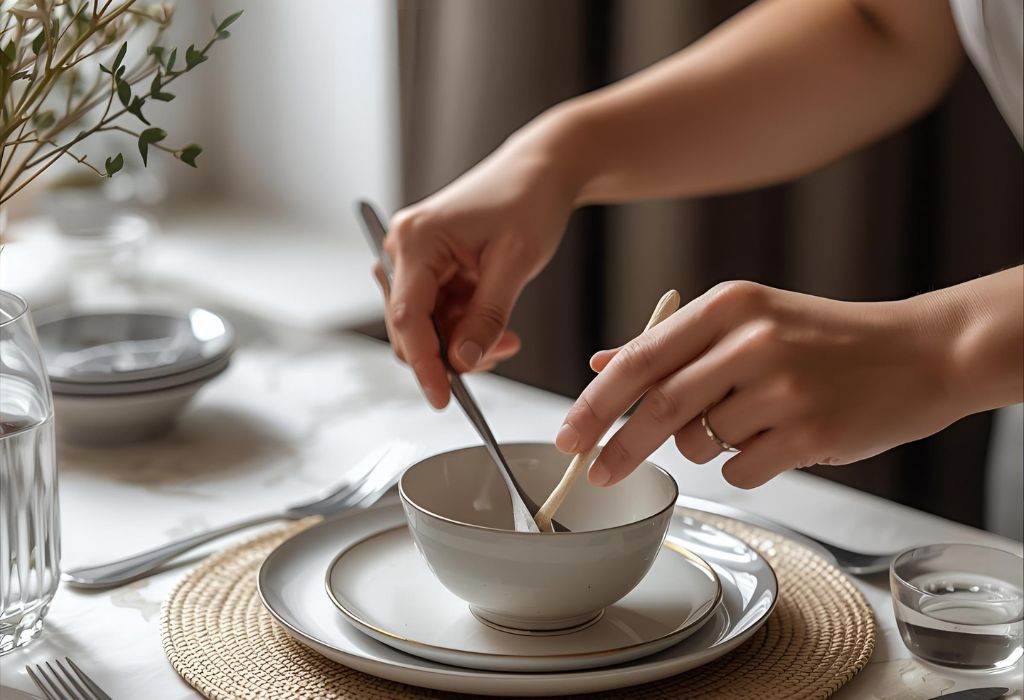
The right utensil is only half the battle. Technique matters just as much in protecting ceramic cookware from scratches and wear.
Sliding or scraping motions cause the most damage over time. Instead, utensils should be used with gentle lifting and folding movements that guide food rather than forcefully pushing it.
Angle of contact also makes a difference. A shallow, sweeping motion distributes pressure evenly, while sharp, vertical contact increases the chance of scratches.
Food that sticks should be handled with patience. Lowering the heat and adding a splash of liquid loosens residue more safely than scraping with force.
Serving directly from the pan requires care too. Wide silicone or wooden spatulas help transfer food without pressing into the coating or dragging against the surface.
Should utensils ever be dragged across ceramic cookware?
No, dragging causes scratches; always lift and move gently.
What is the safest way to stir?
Use circular or figure-eight motions with soft edges.
How should stuck food be handled?
Reduce heat and add moisture instead of scraping.
Are rounded utensil edges better than sharp ones?
Yes, rounded edges glide smoothly and prevent surface cuts.
Can ceramic cookware be used for direct serving?
Yes, but only with soft, wide utensils that protect the coating.
By combining the right tools with mindful technique, ceramic cookware remains smooth, non-stick, and reliable. These small adjustments in motion extend both the performance and the lifespan of every pan.
Cleaning & Maintenance to Protect the Coating
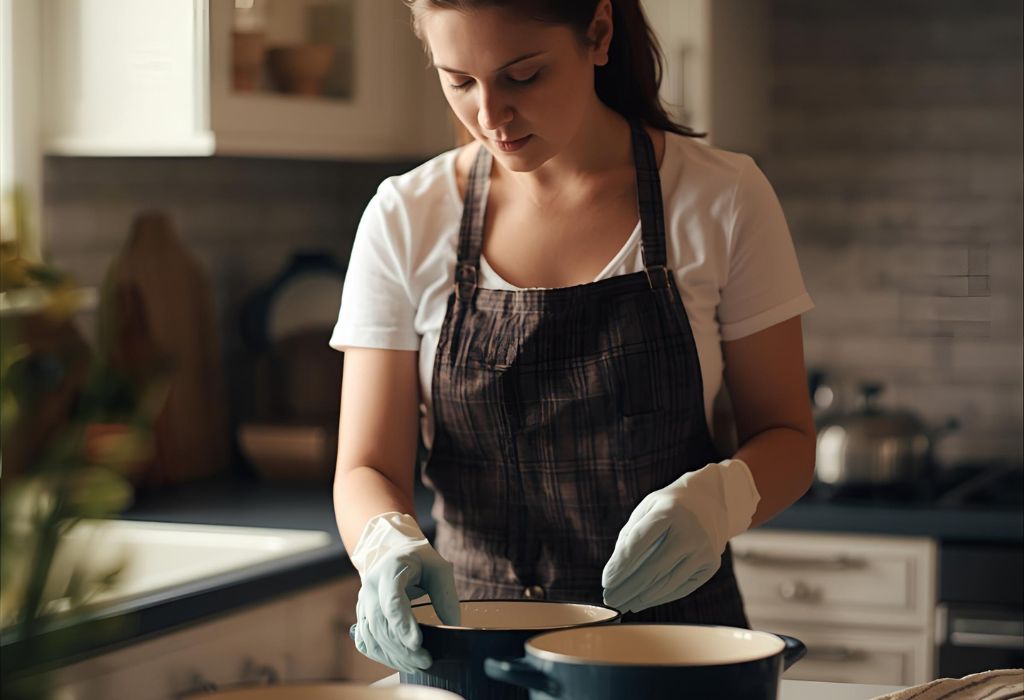
Ceramic cookware lasts longer when cleaning routines match its delicate surface. The wrong scrubber or harsh detergent can wear down a coating faster than everyday cooking.
Hand-washing is the safest method for ceramic pans. Mild dish soap, warm water, and a soft sponge remove residue without scratching or dulling the finish (source).
Dishwashers, while convenient, expose pans to high heat and strong detergents. Over time, this combination weakens the non-stick coating and shortens cookware life.
Tough stains should be handled gently. A short soak in warm, soapy water loosens residue more safely than scrubbing with abrasive pads or steel wool.
Allow pans to cool before washing. Exposing hot ceramic to cold water creates thermal shock, which may crack or warp the coating.
Storage also affects durability. Pan protectors or soft cloths between stacked pans prevent chips and scratches caused by direct contact.
Can ceramic cookware go in the dishwasher?
Not recommended, as detergents and heat damage the coating.
What is the safest way to remove stuck food?
Soak in warm water and wipe with a soft sponge.
Is steel wool ever safe to use?
No, it is too abrasive and will strip away the non-stick surface.
Should ceramic pans be cooled before rinsing?
Yes, sudden cooling risks thermal shock and coating cracks.
How should ceramic pans be stored?
Use pan protectors or cloth layers to prevent surface scratches.
Proper cleaning and storage routines preserve both safety and performance. With consistent care, ceramic cookware can stay sleek, non-stick, and reliable for years of daily use.
Brand Guidance Snapshot (What Makers Say)
Cookware brands consistently highlight utensil choice as the key to preserving ceramic coatings. Their recommendations show a clear pattern of encouraging soft, non-abrasive tools.
Made In, for example, advises using silicone or wooden utensils only. They emphasize that even though their ceramic pans are durable, hard edges accelerate wear and reduce non-stick performance (source).
Caraway offers complete utensil sets designed specifically for ceramic cookware. Their products highlight compatibility with ceramic coatings to minimize confusion for buyers (source).
GreenPan also markets its cookware as “metal-utensil safe,” yet in fine print, the brand still recommends silicone or wooden tools. This shows how marketing claims can sometimes cause unrealistic expectations (source).
Even brands that promote durability stress the importance of technique. They suggest gentle motions, low to medium heat, and proper cleaning as part of extending the pan’s lifespan.
What does Made In recommend?
Silicone or wooden utensils with gentle handling.
What does Caraway provide for ceramic cookware?
A full utensil set designed to be pan-friendly.
Is GreenPan really safe for metal utensils?
Marketing claims allow it, but gentle tools are still advised.
Do all brands warn against knives?
Yes, cutting inside the pan is discouraged across all manufacturers.
Do utensils affect warranty coverage?
Yes, using metal tools may void warranties on ceramic cookware.
Brand guidance confirms that while coatings are marketed as strong, utensil choice determines real-world performance. Following manufacturer instructions ensures cookware lasts as long as promised.
Special Cases — Glass Cooktops, Induction, and Weight
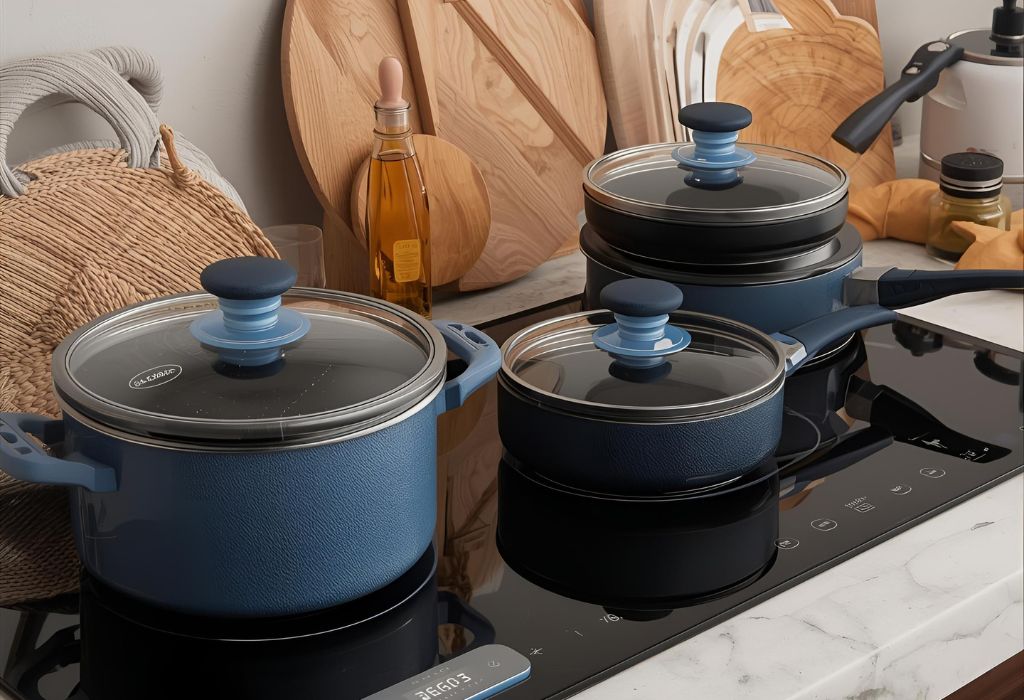
Ceramic cookware is often used on modern glass cooktops, but the combination requires extra care. The smooth surface of a glass stove is highly prone to scratches, especially if cookware bottoms or utensils are rough.
Keeping pan bases clean is essential. Any grit or food particles trapped under a ceramic pan can grind against the cooktop, leaving marks that are difficult to remove (source).
Induction cooktops add another layer of complexity. Most ceramic cookware is not induction-compatible unless it has a magnetic base, so buyers must verify compatibility before use (source).
Utensil choice does not change for induction, but technique becomes more important. Lifting cookware instead of sliding it prevents scratches on both the pan and the cooktop surface.
Weight is another factor that matters. Heavier ceramic pots or Dutch ovens may stress delicate glass surfaces, increasing the chance of cracks or long-term damage.
Is ceramic cookware safe for glass cooktops?
Yes, but only with smooth, clean bottoms and careful handling.
Can grit under a pan damage the stove?
Yes, particles grind against the glass and cause scratches.
Does induction require special ceramic cookware?
Yes, only ceramic with magnetic bases works on induction stoves.
Do utensil rules change with induction cooking?
No, silicone and wooden utensils are still recommended.
Is heavy ceramic cookware risky on glass stoves?
Yes, weight can stress and even crack the fragile surface.
Special cases like glass and induction cooktops highlight how cookware and utensil choice affect more than just the pan. Proper handling protects both the ceramic coating and the appliance beneath it.
Future Trends — Safer Tools and Tougher Coatings
The cookware industry is rapidly evolving to meet rising consumer expectations for safety and durability. Innovations in utensils and ceramic coatings are shaping how kitchens will operate in the years ahead.
One major trend is the development of utensils certified for food safety under stricter standards. LFGB-grade silicone and sustainable bamboo are becoming more common, offering cooks reassurance about both safety and performance.
Brands are also investing in hybrid ceramic coatings designed to be more resistant to scratches. While some advertise “metal utensil safe,” most experts still recommend using soft utensils to maximize longevity.
Another shift is the bundling of cookware with utensil sets. Caraway and similar companies already provide matched tools, ensuring buyers have immediate access to the safest options for their pans.
Consumer awareness is playing a powerful role in these changes. Growing concerns about plastics and chemicals are pushing brands to disclose more details about the materials used in both cookware and utensils (source).
Are future ceramic coatings really metal-safe?
Some claim to be, but gentle utensils will still extend coating life.
Will silicone remain the top choice?
Yes, especially as higher-quality, food-grade versions become standard.
Are wooden and bamboo utensils here to stay?
Yes, their sustainability and safety make them long-term favorites.
Will more brands sell utensil bundles with pans?
Yes, to simplify safe use and reinforce customer confidence.
Is regulation expected to grow?
Yes, stricter labeling and food-safety standards are likely in the future.
Future trends suggest kitchens will become safer and more transparent. With better utensils and tougher coatings, cooks can expect ceramic cookware to last longer while remaining non-toxic and efficient.
Conclusion
The question of what utensils to use with ceramic cookware comes down to one principle: protection. Ceramic coatings are durable enough for daily cooking, but only when paired with utensils that safeguard their non-stick surface.
Silicone, wood, and bamboo consistently stand out as the safest options. These tools prevent scratches, resist high heat, and extend the lifespan of ceramic pans.
On the other hand, metal utensils, sharp edges, and abrasive scrubbers remain the biggest threats. Even minor scratches can reduce non-stick performance and shorten the usability of otherwise high-quality cookware.
Brand recommendations, expert reviews, and consumer safety reports all echo the same advice. Choosing gentle utensils, controlling heat, and following proper cleaning habits protect both your cookware and your investment.
Looking ahead, innovations in utensil design and tougher ceramic coatings may reduce risks further. Still, the best practice today is to stick with proven materials and mindful techniques.
The right utensil choices not only preserve ceramic cookware but also create a safer, more efficient kitchen. By treating pans with care and selecting tools wisely, cooks can enjoy long-lasting performance and healthier meals for years to come.
I’m Emma J. Caldwell, the founder, lead writer, and home-cooking enthusiast behind KitchenGuideCo.com. With a background in culinary arts and over a decade of cooking experience in both professional and personal kitchens, I created this platform to demystify recipes, offer smart kitchen gadget reviews, and guide readers through meal prep with confidence and clarity.

